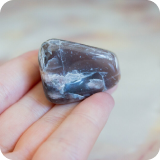- All You Need to Know When Rockhounding in Texas
- History of Rockhounding and Gemstones in Texas
- Terrain, Topography, and Wildlife in Texas
- Weather and Best Times to Rockhound
- Environmental Consideration When Rockhounding
- Best Texas Rockhounding Location
- Top 18 Gemstones in Texas
- How to Do Rockhounding in Texas
- FAQs
Have you ever wondered how to find gemstones in Texas? What types of Texas gems and Texas crystals lie beneath the vast landscapes of the Lone Star State? Did you know that there are even Diamonds found in Texas?
Texas, with its diverse geology, is a haven for rockhounding enthusiasts. From rare gemstones to natural crystals, the state offers a treasure trove to be discovered.
This article is a goldmine of information for those passionate about rockhounding in Texas. Not only will you learn about the best gemstones in Texas, but you’ll also gain insights into where to find them and how to identify them.
So, if you’re planning a rockhounding adventure in Texas, reading this article will equip you with beneficial knowledge to make your quest even more rewarding. Dive in and uncover the sparkling secrets of Texas!
All You Need to Know When Rockhounding in Texas
| State Symbols | |
| State Stone / State Rock | Petrified Palmwood |
| State Gemstone | Texas Blue Topaz |
| State Mineral | Silver |
History of Rockhounding and Gemstones in Texas
Texas is big and full of history, especially when it comes to finding rocks and gems. For a long time, people have come to Texas to search for and collect these natural treasures.
One of the most special gems found here is the Texas Blue Topaz. It’s a beautiful blue stone that shows just how amazing Texas is.
Terrain, Topography, and Wildlife in Texas
Texas has all kinds of places, from beaches to deserts and forests to open lands. These different places are why Texas is great for finding rocks and gems. In the Hill Country, you can find stones like Agates and Quartz.
You might even find the special Texas Blue Topaz in the Trans-Pecos area. And it’s not just about rocks; Texas is home to many animals, too. There’s always something to see, from the small armadillo to the big bald eagle.
Weather and Best Times to Rockhound
The weather in Texas can change a lot. Some places are humid, while others are dry. If you want to search for rocks, the best times are spring and fall when the weather is just right.
Summers can get hot, especially in the west and south. And even though winters are usually okay, sometimes it snows in the north.
Environmental Consideration When Rockhounding
Remember to take care of nature if you’re out looking for rocks in Texas. Some places are very delicate, and we don’t want to harm them.
Always make sure you don’t leave any trash behind and be respectful. If you’re on someone’s land, always ask for permission first.
By being careful, we can ensure Texas stays beautiful for everyone in the future.
Best Texas Rockhounding Location
| Rank | Top Rockhounding Spots | Gemstones Found in Texas |
| 1 | Mason County | Blue Topaz and Jasper. |
| 2 | Alpine and Terlingua | Quartz, Celestite, Citrine, and Aragonite. |
| 3 | Llano County | Llanite |
| 4 | Llano and Mason counties | Pyrite |
| 5 | West Texas | Agate, Chalcedony, and Limonite. |
| 6 | El Paso and Brewster | Turquoise and Amethyst. |
| 7 | Terlingua | Aragonite |
| 8 | East Texas | Petrified Wood |
| 9 | Bedias | Jasper |
| 10 | Laredo | Geodes |
For those who are keen on diving deeper into rockhounding in Texas, the official Texas Parks and Wildlife website is a valuable resource. It provides detailed information on the state’s geology, rockhounding laws, and regulations.
Important Notice: Remember that the availability of crystals and gems in these locations can change, and rockhounding regulations may vary. Before embarking on your rockhounding journey, research and stay updated with the latest information.
Top 18 Gemstones in Texas
From the shimmering Blue Topaz to the ancient Petrified Wood, Texas offers a rich gemstone tapestry that captivates hobbyists and professionals.
In this guide, we’ll explore 18 Texas gems, unveiling the stories and locations behind each one. Dive in and let the Lone Star State’s mineral wealth amaze you.
Blue Topaz
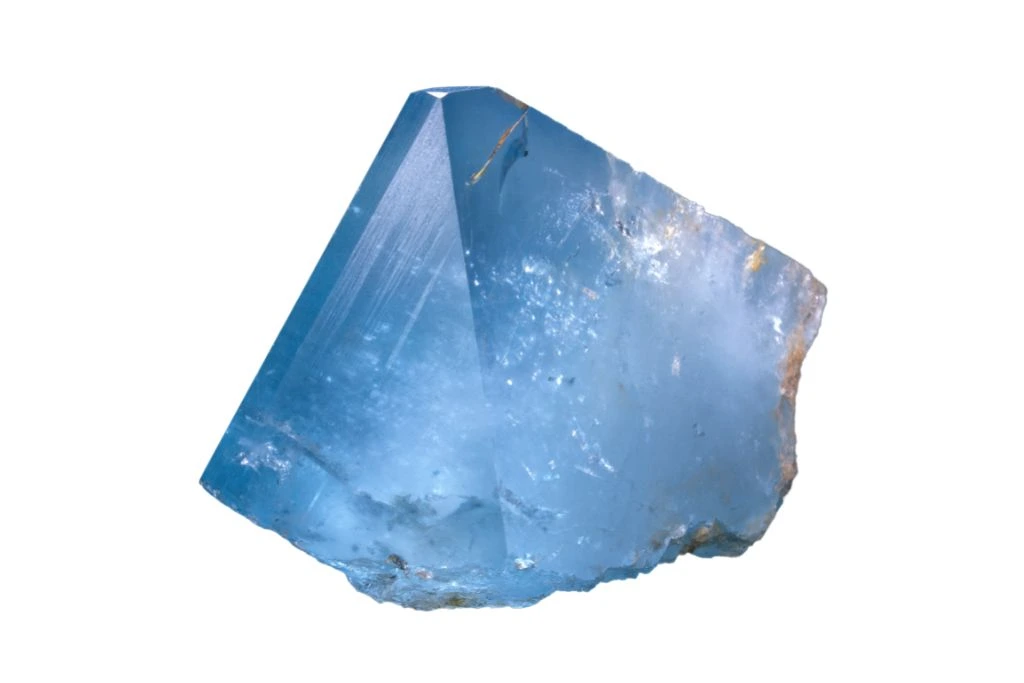
The Texas Blue Topaz, the state’s official gemstone, is a true beauty. This sparkling blue gem is primarily found in Mason County, especially around the towns of Mason and Grit.
Several ranches in the area, including Seaquist Ranch, Bar M Ranch, and Lindsay Ranch, welcome the public for Topaz hunting.
When looking for Blue Topaz, watch for its distinctive blue hue. Basic tools like a pickaxe and a shovel can be handy. Once you spot it, handling it with care is essential due to its delicate nature.
Blue Topaz brings clarity, enhances communication, and promotes truth and forgiveness.
Diamond
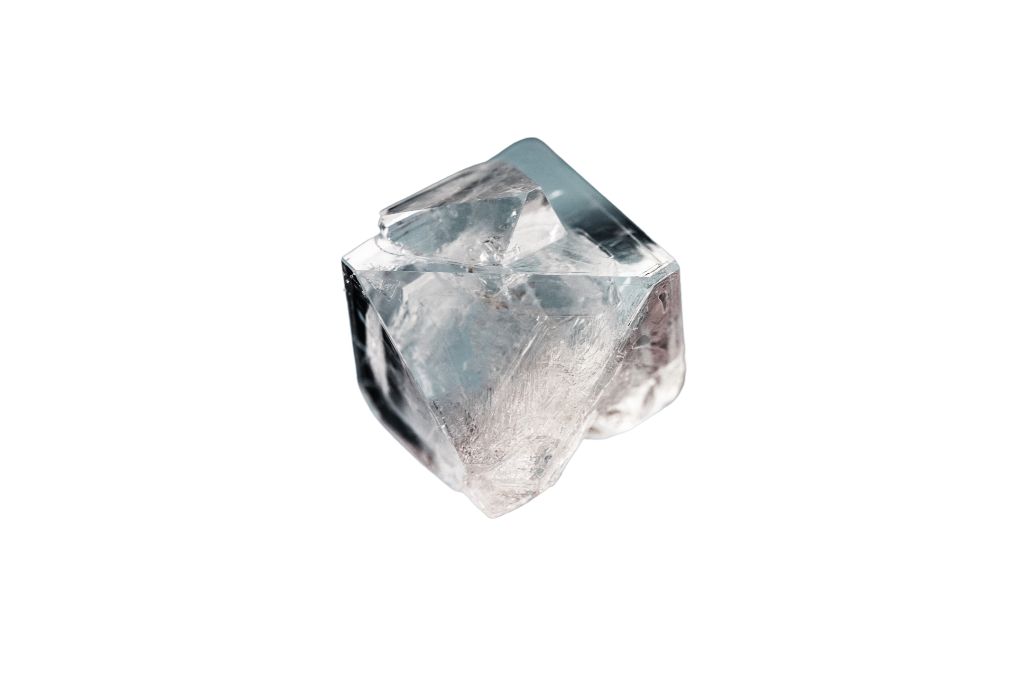
While Texas isn’t the first place that comes to mind when considering Diamonds, it has its share. Specific locations for Diamond discoveries in Texas are limited, though.
If you’re lucky enough to stumble upon a Diamond, handling it with care is crucial. Use a small pouch or container to store it safely.
Diamonds, often referred to as “A Girl’s Best Friend,” are not only cherished for their beauty but also for their metaphysical properties. They are believed to amplify energy, bring clarity, and strengthen the bond between couples.
Agate
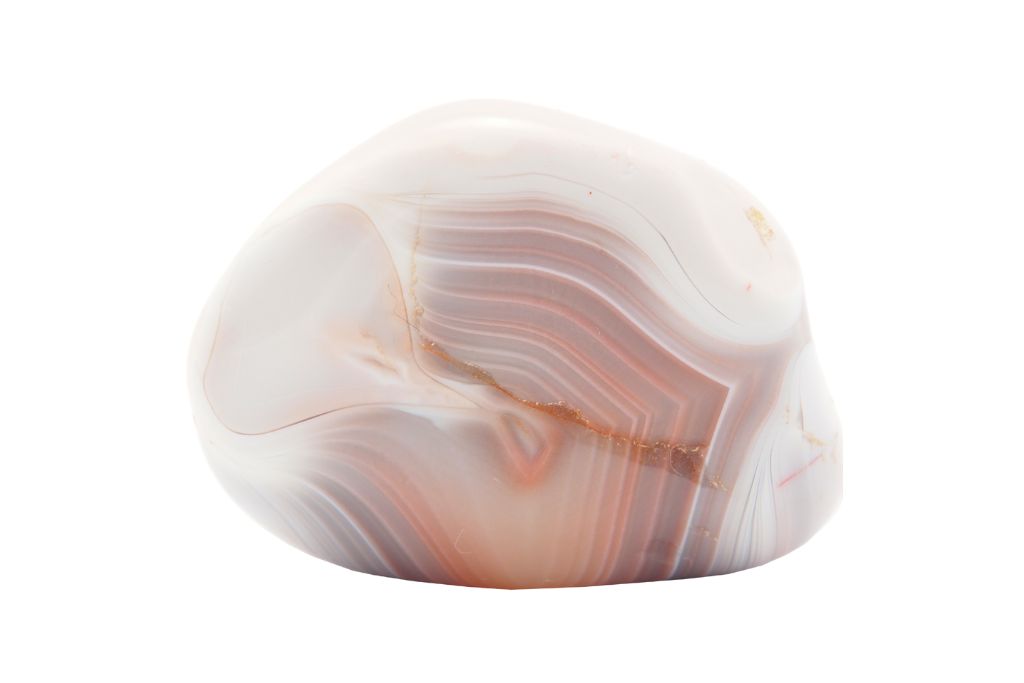
Agates are abundant in Texas, especially in West and South Texas. Prime locations include the gravels of the Rio Grande and its tributaries. West Texas, particularly around Big Bend, Alpine, and Sierra Blanca, are rich in Agates.
When searching for Agates, look for their characteristic banded appearance. A good rock hammer and a chisel can help extract them from the ground. Once you find an Agate, washing it to reveal its patterns is a good idea.
Agates are known for their grounding, stabilizing, and strengthening properties. So, if you find this crystal, it will amplify your stability manifestations.
Chalcedony
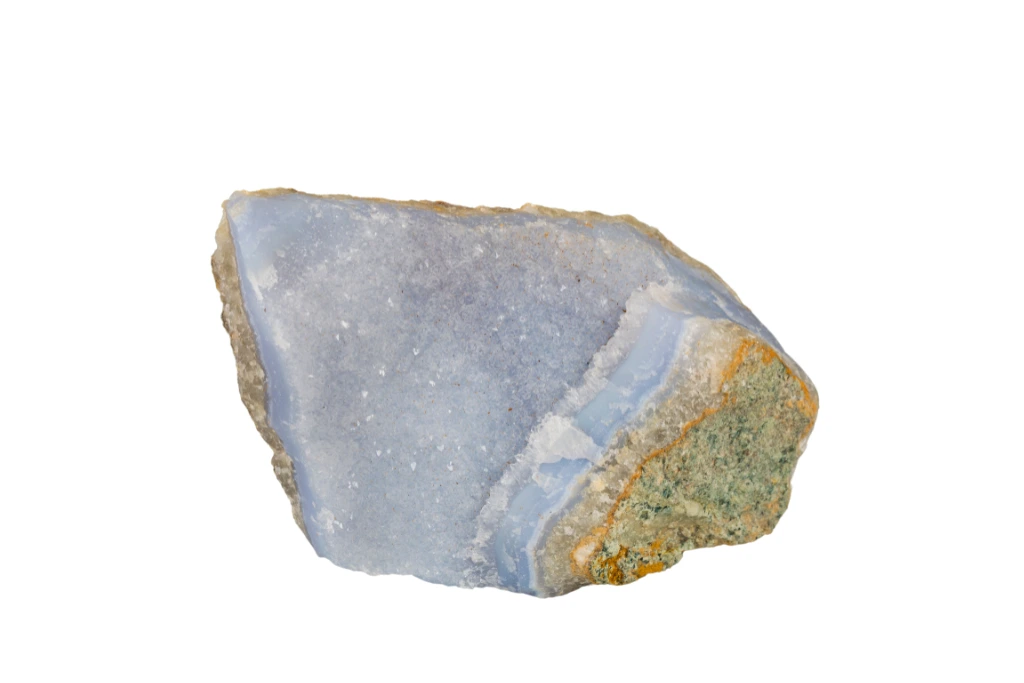
Chalcedony, a form of Quartz, can be found in various parts of Texas. It’s especially prevalent in West Texas, around Big Bend and Alpine.
When hunting for Chalcedony, look for its waxy luster and translucent appearance. Basic digging tools can aid in its extraction. After finding Chalcedony, cleaning it with water can enhance its appearance.
Chalcedony is believed to absorb negative energy, promote harmony, and enhance communication.
Petrified Wood
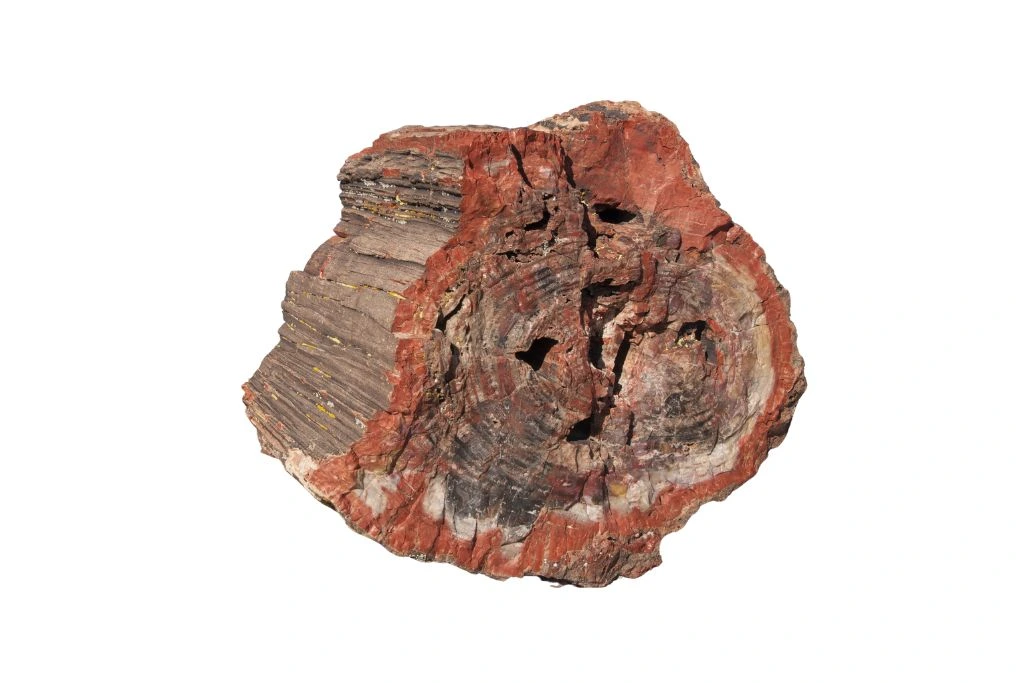
Petrified Wood, Texas’s state stone, is essentially ancient wood that has turned into stone. It’s found in various parts of Texas, with East Texas being a prime location.
When searching for Petrified Wood, look for wood-like structures that are as hard as a rock. A sturdy shovel can help unearth larger pieces.
Once you find a piece, thinking of the ancient forests it once belonged to is fascinating. Petrified Wood is often associated with grounding energies, stability, and connection to nature.
Jasper
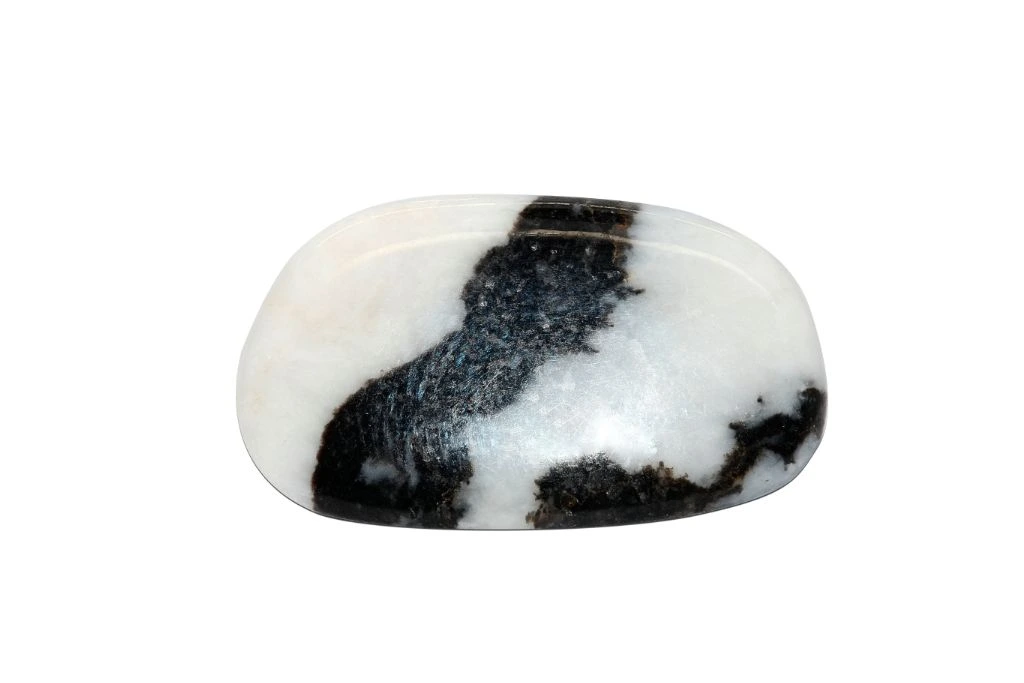
Jasper, a form of Chalcedony, is found throughout Texas. One of the most notable areas for a Jasper collection is the broad region around Bedias, known for its unique Tektites, also referred to as Bediasites.
The vast area between Crockett, Trinity, and Groveton offers rockhounds the opportunity to find Jasper, Agatized Wood, and more.
When searching for Jasper, it’s essential to be equipped with the right tools. A rock hammer, chisel, and a sturdy bag or bucket are fundamental.
Jasper can often be found in creek beds, gravels, and fields. Upon spotting a potential Jasper specimen, it’s crucial to carefully extract it to preserve its natural form.
Jasper is revered for its grounding properties. It is believed to provide protection, absorb negative energy, and balance the yin and yang. Many also turn to Jasper for its purported ability to bring tranquility and wholeness.
Barite
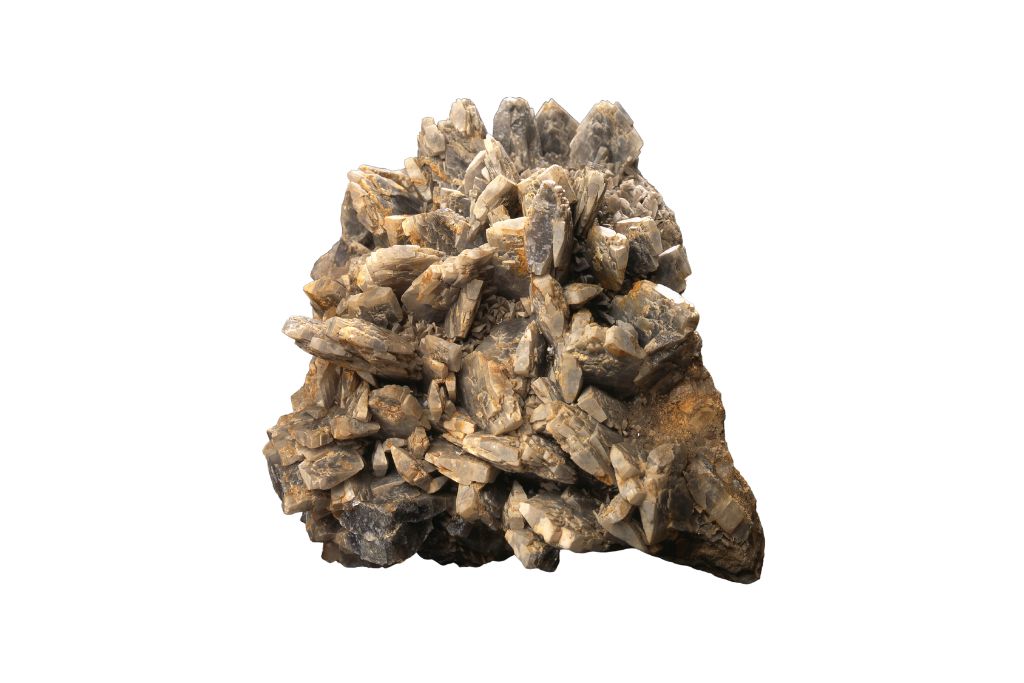
Barite, a mineral known for its range of colors and crystal formations, can be found in several locations in Texas. The area east, southeast, and northeast of Dog Canyon is known to house Barite deposits.
Seven Hearts Gap in Texas is recognized for its Barite deposits found within Limestone formations.
When hunting for Barite, it’s advisable to have a geologist’s pick or rock hammer, a set of chisels, and protective eyewear. Barite often forms in sedimentary environments, so checking Limestone formations can be fruitful. Once you identify a Barite specimen, approach cautiously to avoid damaging the crystal structure.
Barite is often used in spiritual practices for its believed ability to enhance friendship, harmony, and love. It’s also thought to provide a protective barrier around the body and aid in the Earth’s healing.
Quartz
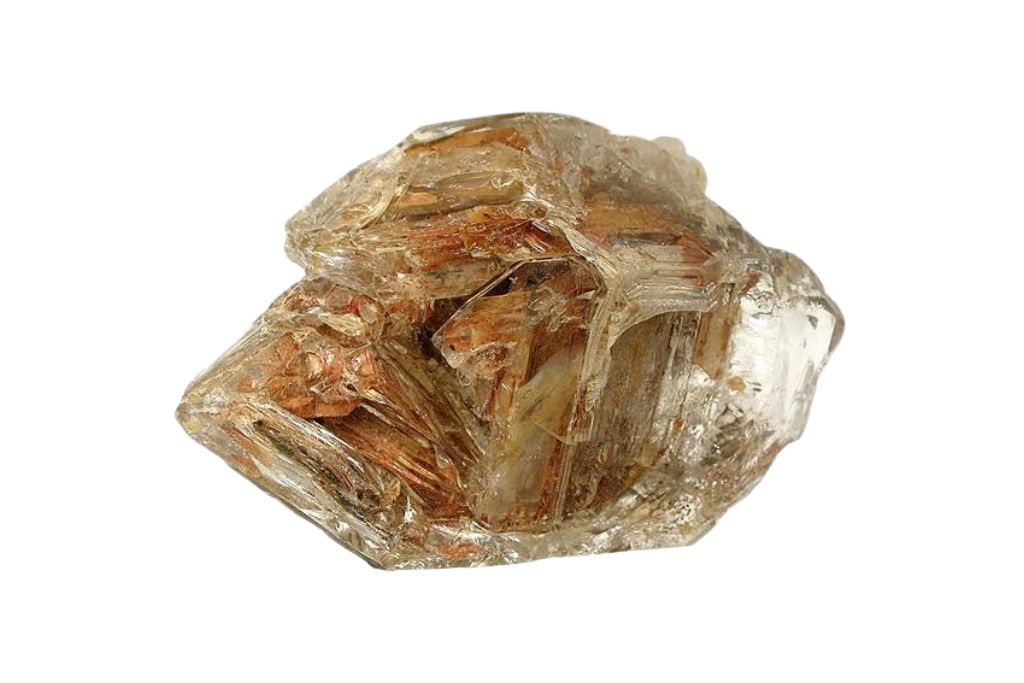
Quartz, a versatile and abundant crystal, is scattered throughout Texas. The Glass Mountains and the Alpine Valley in West Texas are rich with Quartz crystals. With their varied geology, these regions offer rockhounds a chance to find Quartz in its many forms.
When searching for Quartz, a rock hammer, a small shovel, and a sieve can be beneficial. Quartz can be found in various environments, from mountainous regions to riverbeds.
If you spot a Quartz vein in rock formations, gently extract it to keep the crystal intact. The primary thing to do after seeing it is to ensure its authenticity by checking its clear, often hexagonal form.
Quartz is known for its ability to amplify energy and thought. It’s also believed to stimulate the immune system and bring the body into balance. Clear Quartz, in particular, is said to aid in concentration and memory.
Moonstone
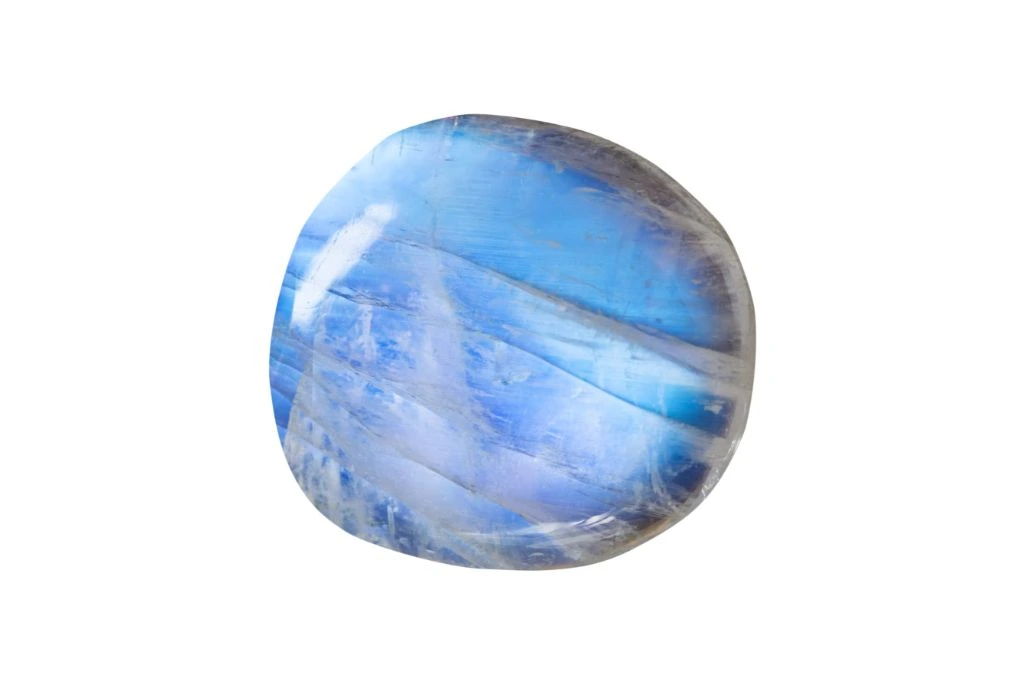
Moonstones, with their unique sheen, can be found in Texas, particularly 10 miles north of Alpine in area gravels. This region offers rockhounds a chance to find these mesmerizing stones that exhibit an ethereal glow.
To search for Moonstones, it’s recommended to have a digging tool, a sieve, and a container to hold your finds. Moonstones are often found in gravel and sandy areas.
When you encounter a potential Moonstone, gently handle it to preserve its delicate structure. Once you identify a Moonstone, holding it against a light source is essential to observe its signature play of colors.
Moonstone is often associated with the moon and is believed to enhance intuition, promote inspiration, and offer protection during childbirth and travel. It’s also thought to balance the emotional body and relieve stress.
Geodes
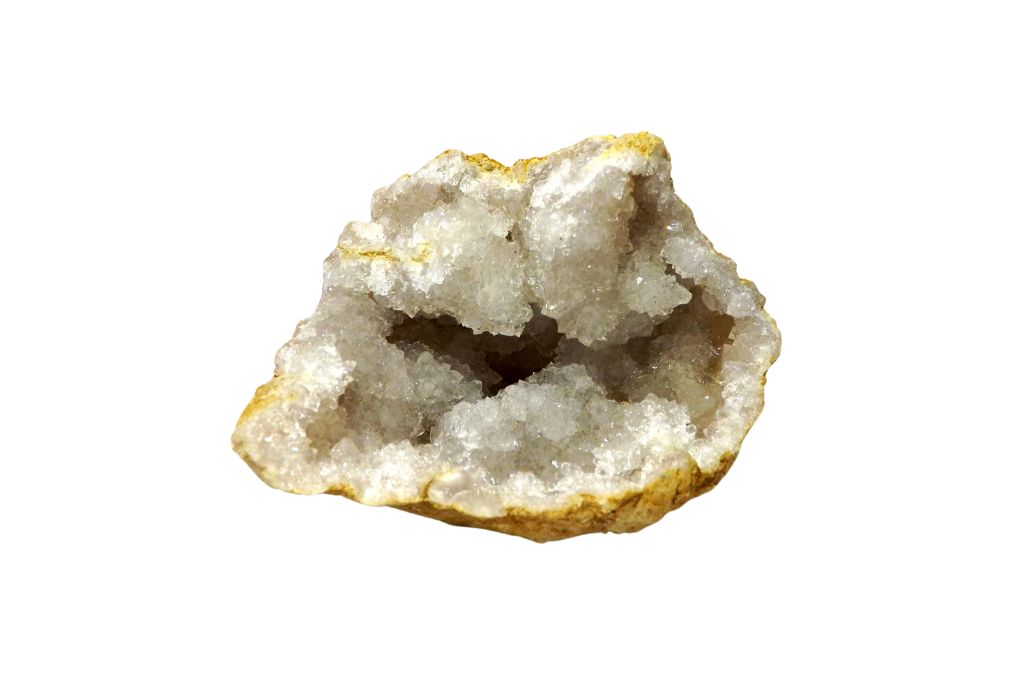
Geodes, often called nature’s surprise gifts, are found in several parts of Texas. One of the most notable locations is the Laredo area, where rockhounds have discovered these spherical wonders.
When cracked open, Geodes reveal a stunning array of crystals, making them a favorite among Texas gems enthusiasts.
When hunting for Geodes, it’s essential to have a rock hammer and safety goggles. These tools will help you safely open the Geode to reveal its inner beauty.
If you’re lucky enough to find one, you should first gently break it open in a controlled environment to prevent any damage to the crystals inside.
Geodes are believed to have grounding energy, helping individuals connect with Earth’s energies. They’re often used in meditation, offering clarity and insight to those seeking it.
Turquoise
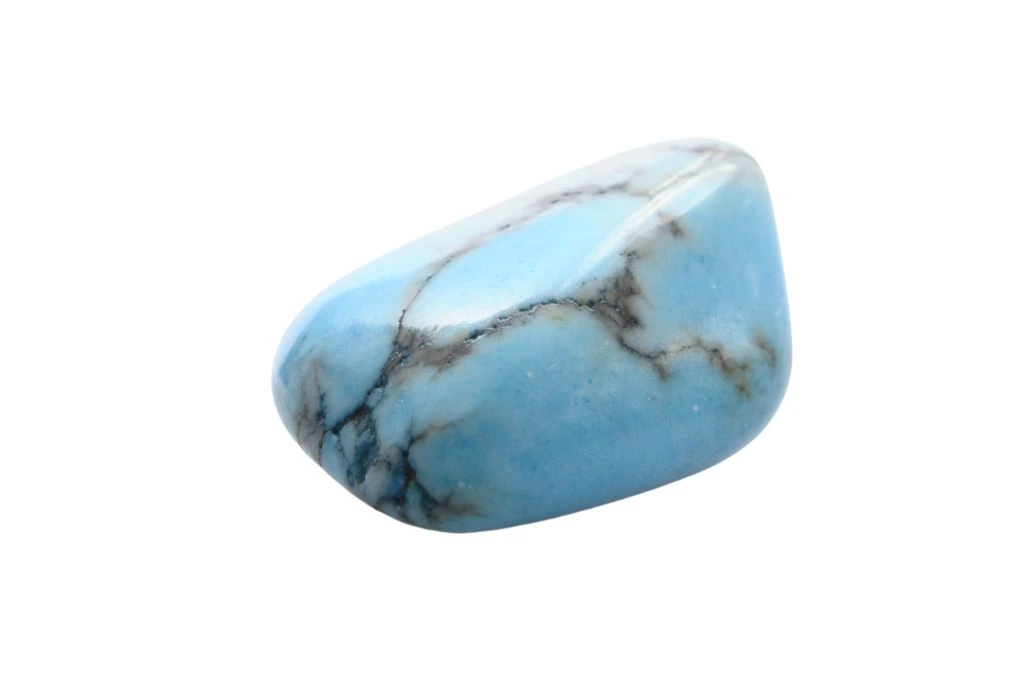
Turquoise, with its captivating blue-green hue, has been discovered in various parts of Texas. Regions like El Paso, Llano, and Gillespie counties are known for their Turquoise deposits.
This stone, deeply embedded in the history of rockhounding in Texas, is a testament to the state’s rich mineral wealth.
Tools like a pickaxe and chisel are handy when searching for Turquoise. Given its association with Copper deposits, areas with a history of Copper mining can be potential hotspots.
Once you identify a Turquoise piece, it’s essential to clean it gently with water to showcase its vibrant color.
Turquoise is more than just a beautiful stone; it’s believed to offer protection and healing. Many consider it a bridge between heaven and earth, providing peace and balance to its bearer.
Amethyst
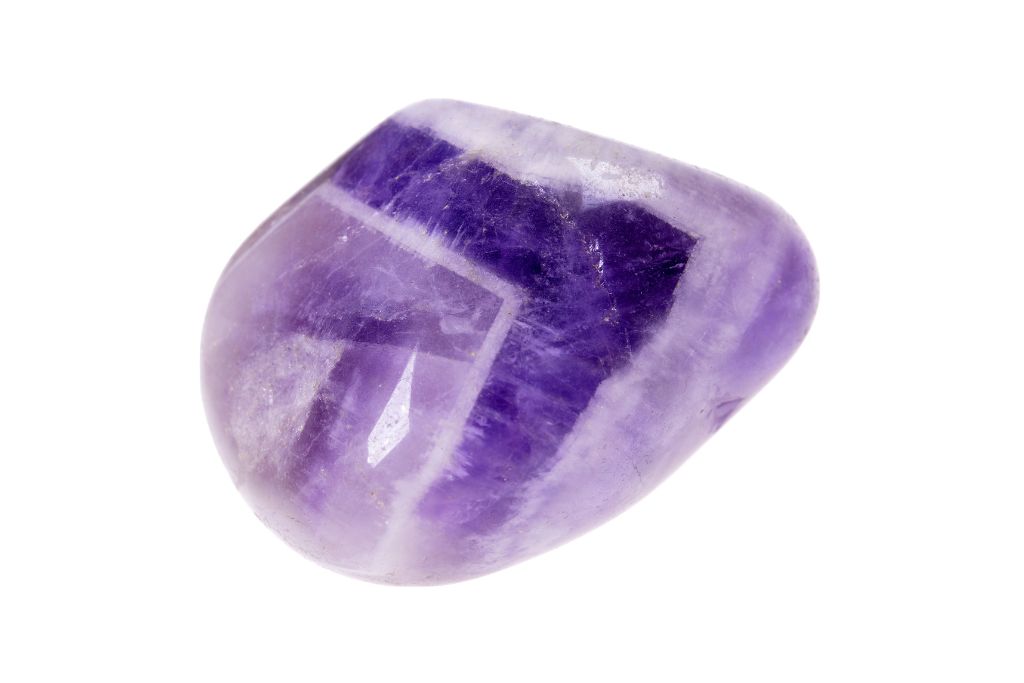
Amethyst, the enchanting Purple Quartz, has been found in Texas, especially in regions like El Paso and Brewster counties. These areas, rich in volcanic rocks and Geodes, offer a promising ground for those searching for this vibrant gemstone.
When looking for Amethyst, a rock hammer and chisel are your best friends. Given its frequent occurrence in volcanic rocks and Geodes, these tools will help extract the stone without causing damage. If you encounter an Amethyst Geode, handle it carefully to preserve its natural beauty.
Amethyst is not just a feast for the eyes; it’s also known for its calming properties. Many believe it promotes peace, balance, and clarity, making it a favorite for meditation practices.
Citrine
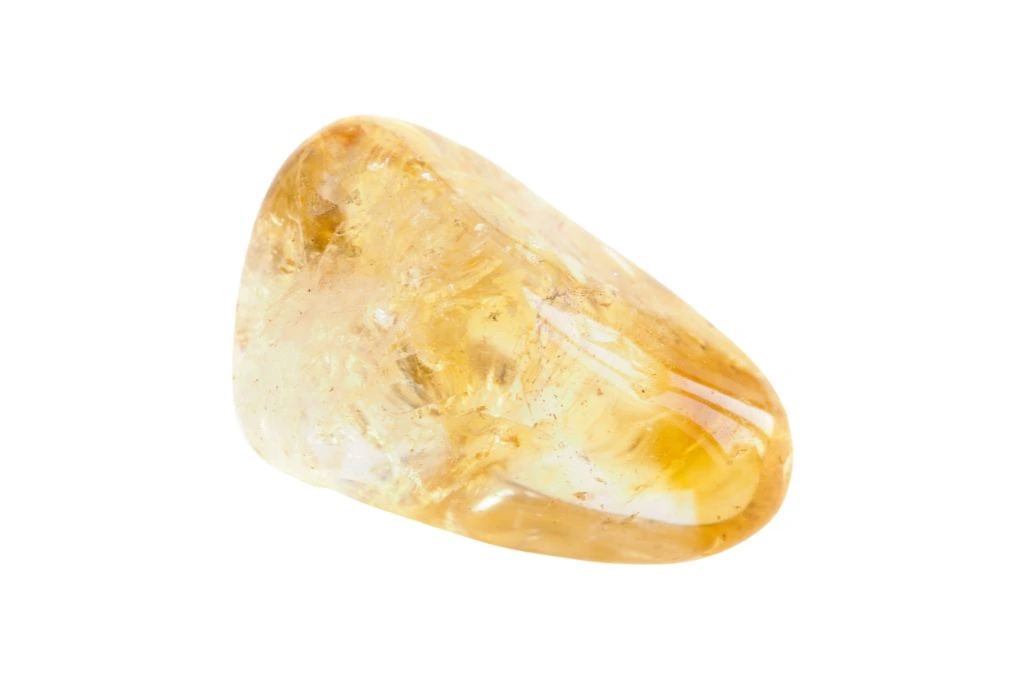
Citrine, often called the “Sunshine Stone” for its golden hue, has been found in Texas, particularly in the West Texas region near Alpine and Terlingua, known for their diverse Quartz deposits.
While Citrine is rarer compared to other Quartz varieties in Texas, its radiant color makes it a sought-after gem for those passionate about rockhounding in Texas.
Tools like a rock hammer and a small shovel will be handy when searching for Citrine. Once you spot a potential Citrine specimen in these areas, it’s a good idea to hold it against a light source to see its golden glow.
Beyond its captivating appearance, Citrine is believed to attract wealth and prosperity, releasing negativity and promoting creativity.
Pyrite
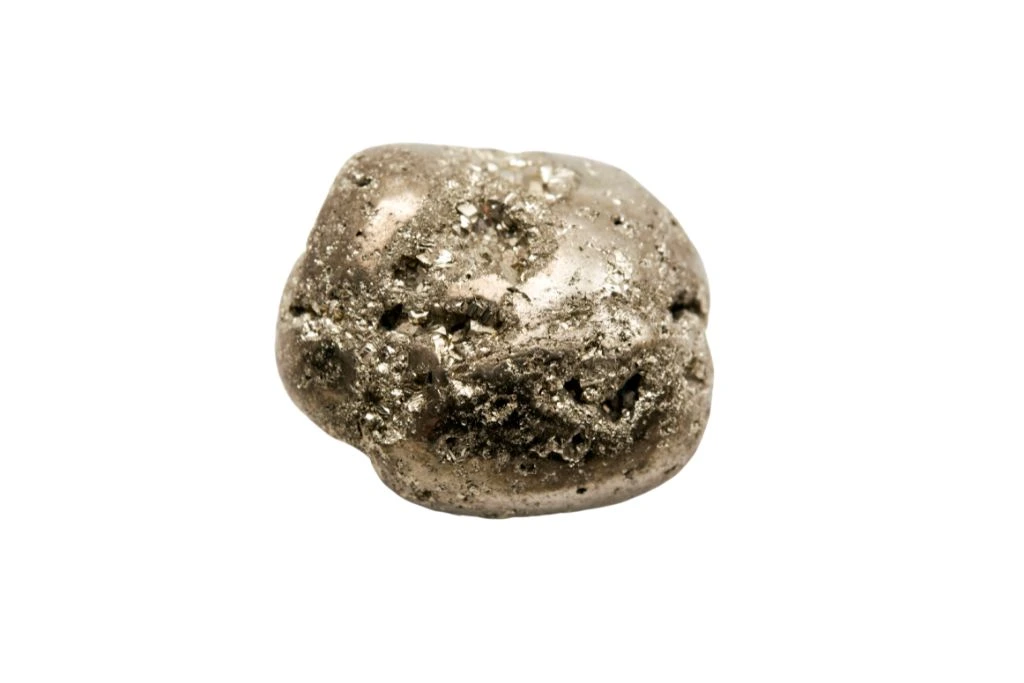
Pyrite, often dubbed “Fool’s Gold” for its metallic sheen, is prevalent in various parts of Texas. Specifically, the areas around Llano and Mason counties are known hotspots for Pyrite deposits.
This mineral, frequently mistaken for Gold, showcases the rich diversity of Texas crystals.
When hunting for Pyrite, having a rock hammer, chisel, and protective eyewear is essential. Shale beds and coal regions, especially in North Texas, are promising spots for this mineral.
If you stumble upon a shiny specimen, handle it carefully, as Pyrite can be delicate.
Beyond its glittering surface, Pyrite is believed to shield its wearer from negative vibes, promoting physical and emotional well-being.
Celestite
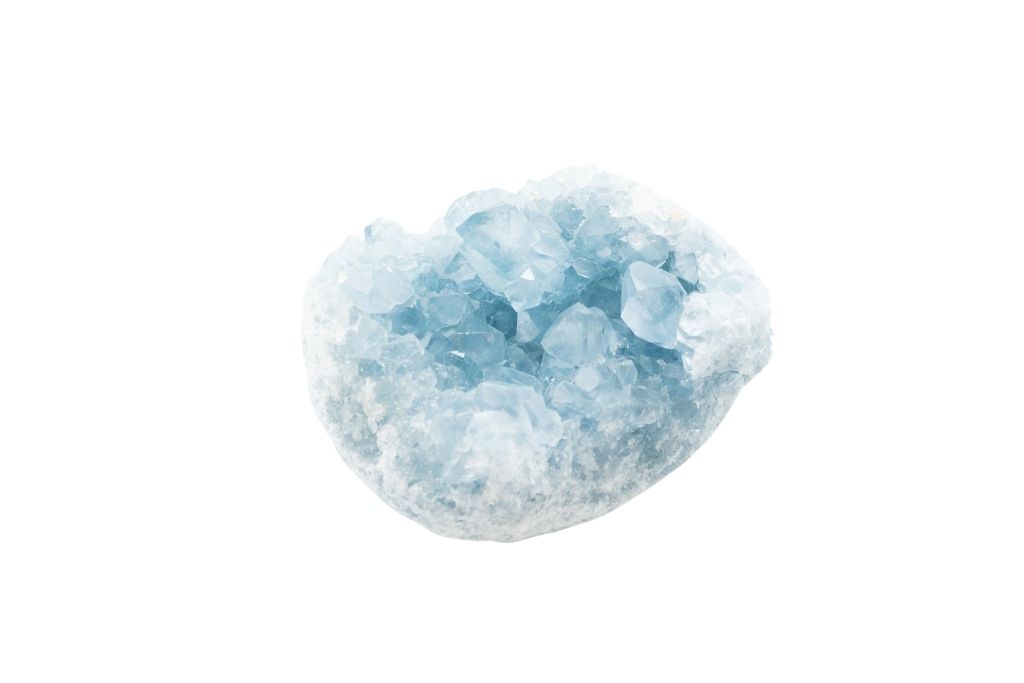
Celestite, celebrated for their serene blue shade, have been discovered in Texas, especially in the Brewster County region near Alpine. These crystals, which seem to mirror the vast Texas skies, are a treasure for rockhounding enthusiasts.
A rock hammer and a magnifying glass will prove invaluable when searching for Celestite. If you encounter a potential specimen in these areas, handle it gently to maintain its intricate structure.
Once you’ve identified a Celestite crystal, it’s crucial to verify its authenticity by closely examining its form and hue.
Many believe Celestite carries a calming energy, connecting its bearer to higher spiritual realms.
Llanite
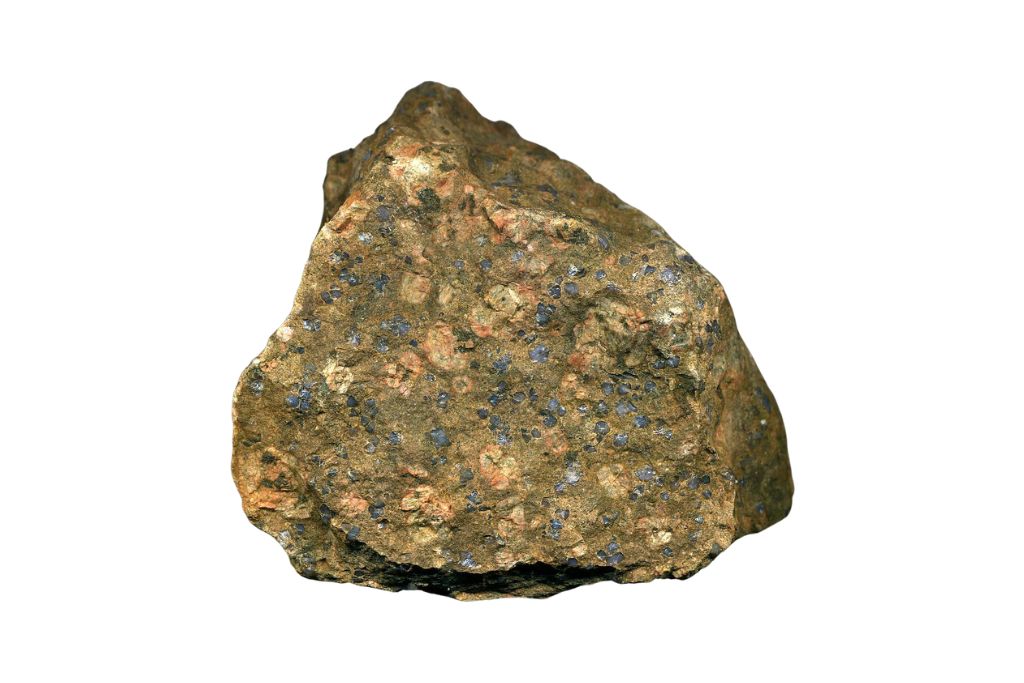
Llanite, a unique type of Granite, is exclusive to Texas. It’s primarily found in Llano County, especially near the Llano Uplift. This rock, with its distinctive Blue Quartz crystals, is a testament to the geological wonders of Texas.
When looking for Llanite, a geologist’s hammer and a sturdy bag are essential. Given its Granite composition, it’s often found in large boulders or outcrops.
If you come across a potential Llanite specimen, it’s crucial to extract a sample carefully to appreciate its unique crystal composition.
Llanite, beyond its geological significance, is believed to promote grounding and stability. It’s often used in meditation practices to connect with Earth’s energies.
Limonite
Limonite, a brownish-yellow iron ore, is found in various parts of Texas. In West Texas, particularly the area closer to the New Mexico border, the chances of finding Limonite increase.
Specifically, the northeast side of the Carrizo Mountains is a notable location for Limonite deposits. The Rio Grande gravels and its tributaries in South Texas are also potential spots for discovering this mineral.
A rock hammer and a magnifying glass are essential tools when searching for Limonite. Given its occurrence in sedimentary environments, riverbeds, and old lake regions in Texas, these are promising areas to explore.
Upon discovering Limonite, handling it carefully is crucial to maintain its natural form.
Limonite is believed to offer grounding energies. Many consider it a stone of protection, shielding its bearer from negative influences.
Aragonite Crystals
Aragonite crystals are a unique find in Texas. Specifically, the Terlingua area, known for its mining activities, has been identified as a location where Aragonite crystals, among other minerals, can be found.
This region, located near Big Bend National Park, offers a variety of minerals, making it a hotspot for rockhounding enthusiasts.
For those hunting for Aragonite, carrying a rock hammer and a magnifying glass is advisable. Once a potential specimen is spotted, gentle handling is essential to preserve its intricate structure.
After identifying an Aragonite crystal, it’s important to verify its authenticity by closely examining its form and color.
Aragonite is renowned for its metaphysical properties. It is believed to provide grounding and centering energies, promoting patience, stress relief, and emotional healing.
| Gemstones in Texas | Location | Tools You Need | Healing Properties |
| Blue Topaz | Mason County (Mason and Grit towns) | Pickaxe and shovel. | Clarity, communication, and forgiveness. |
| Diamond | Limited locations in Texas | Small pouch or container. | Amplifies energies, clarity, and strengthens bonds. |
| Agate | Rio Grande, Big Bend, Alpine, and Sierra Blanca. | Rock hammer and chisel. | Grounding, stabilizing, and strengthening. |
| Chalcedony | Big Bend and Alpine. | Digging tools | Absorbs negativity, harmony, and communication. |
| Petrified Wood | East Texas | Sturdy shovel | Grounding, stability, and nature connection. |
| Jasper | Bedias, between Crockett, Trinity, and Groveton. | Rock hammer, chisel, and bag/bucket. | Grounding, protection, and tranquility. |
| Barite | Dog Canyon and Seven Hearts Gap. | Geologist’s pick, chisel, and eyewear. | Friendship, harmony, and love. |
| Quartz | Glass Mountains and Alpine Valley. | Rock hammer, shovel, and sieve. | Amplifies energy, balance, and clarity. |
| Moonstones | 10 miles north of Alpine | Digging tool and sieve. | Intuition, inspiration, and protection. |
| Geodes | Laredo area | Rock hammer and safety goggles. | Grounding, clarity, and insight. |
| Turquoise | El Paso, Llano, and Gillespie Counties. | Pickaxe and chisel. | Protection, healing, and balance. |
| Amethyst | El Paso and Brewster Counties. | Rock hammer and chisel. | Peace, balance, and clarity. |
| Citrine | West Texas (Alpine, Terlingua) | Rock hammer and small shovel. | Wealth, prosperity, and creativity. |
| Pyrite | Llano and Mason Counties. | Rock hammer, chisel, and eyewear. | Shielding from negativity and well-being. |
| Celestite Crystals | Brewster County (near Alpine) | Rock hammer and magnifying glass. | Calming and spiritual connection. |
| Llanite | Llano County (Llano Uplift) | Geologist’s hammer and bag. | Grounding and stability. |
| Limonite | West Texas, Carrizo Mountains, and Rio Grande. | Rock hammer and magnifying glass. | Grounding and protection. |
| Aragonite Crystals | Terlingua (near Big Bend National Park) | Rock hammer and magnifying glass. | Grounding, patience, and stress relief. |
How to Do Rockhounding in Texas
Texas, the big state with its wide-open spaces and interesting Texas gems, is a fantastic place for people who love finding cool rocks.
Whether it’s the shiny Blue Topaz or the pretty Citrine, there are lots of gems just waiting for you to discover. But before you start your rockhounding adventure, it’s important to be ready and know what you’re doing. Here’s a helpful guide on rockhounding in Texas:
Tools and Gear You Need to Dig and Find Crystals in Texas
- Rock Hammer: Essential for breaking rocks and extracting specimens.
- Chisel Set: Useful for splitting rocks and accessing hard-to-reach areas.
- Magnifying Glass: Helps in closely examining potential finds.
- Sieve: Assists in sifting through dirt and gravel to find smaller gems.
- Sturdy Bag or Bucket: For collecting and storing your finds.
- Protective Eyewear: Safety first! Always protect your eyes from flying rock fragments.
- Gloves: Protects hands from sharp rocks and provides a better grip.
How to Pack, Transport, and Cut Crystals You Find in Texas
- Packing: Wrap individual crystals in bubble wrap or soft cloth to prevent damage.
- Transport: Use sturdy containers or boxes to transport your finds. Ensure they’re cushioned to avoid breakage.
- Cutting Crystals: If you wish to cut or shape your crystals, consider using a lapidary machine. Always wear protective eyewear and gloves when cutting.
Safety Regulations for Rockhounding in Texas
- Permission: Always seek permission for rockhounding on private property.
- Environment: Respect the environment. Don’t leave trash behind and avoid disturbing wildlife.
- Stay Informed: Some areas may have restrictions or be off-limits for rockhounding. Always check local regulations.
- Hydration: Texas can be hot! Always carry enough water and stay hydrated.
- Buddy System: It’s safer to rockhound with a friend or group.
Tips for Rockhounding Like a Pro in Texas
- Research: Research the area you plan to visit before heading out. Know what gems or minerals are commonly found there.
- Timing: Early mornings or late afternoons are ideal, as Texas can get quite hot during midday.
- Patience: Rockhounding requires patience. Take your time, and enjoy the process.
- Documentation: Consider keeping a journal of your finds. Note down the location, date, and description of each find.
- Join a Club: Consider joining a local rockhounding or gem and mineral club. They often organize group trips and can provide valuable insights.
Disclaimer: Every state has its regulations and guidelines for rockhounding. Always ensure you’re following local laws and regulations. The information provided here is specific to Texas and may not apply to other states.
FAQs
What are the Most Common Texas Gems and Crystals Found While Rockhounding?
Texas’s most common gems and crystals include Blue Topaz, Agate, Jasper, Quartz, and Chalcedony.
Where Can I Find Diamonds in Texas?
While Texas isn’t a primary Diamond source, there have been occasional discoveries. Specific locations for Diamond finds in Texas are limited, but it’s always possible to come across one during rockhounding adventures.
What Tools Do I Need for Rockhounding in Texas?
Essential Texas rockhounding tools include a rock hammer, chisel set, magnifying glass, sieve, sturdy bag or bucket, protective eyewear, and gloves.
Are There Specific Locations in Texas Known for Their Rich Crystal Deposits?
Yes, Mason County for Blue Topaz, West and South Texas for Agates, and the Alpine Valley in West Texas for Quartz are renowned for their crystal deposits.
Is Rockhounding in Texas Regulated by Any Safety or Environmental Guidelines?
Yes, rockhounds should ask permission before entering private property, respect the environment, know about limited areas, and stay hydrated to stay safe.


